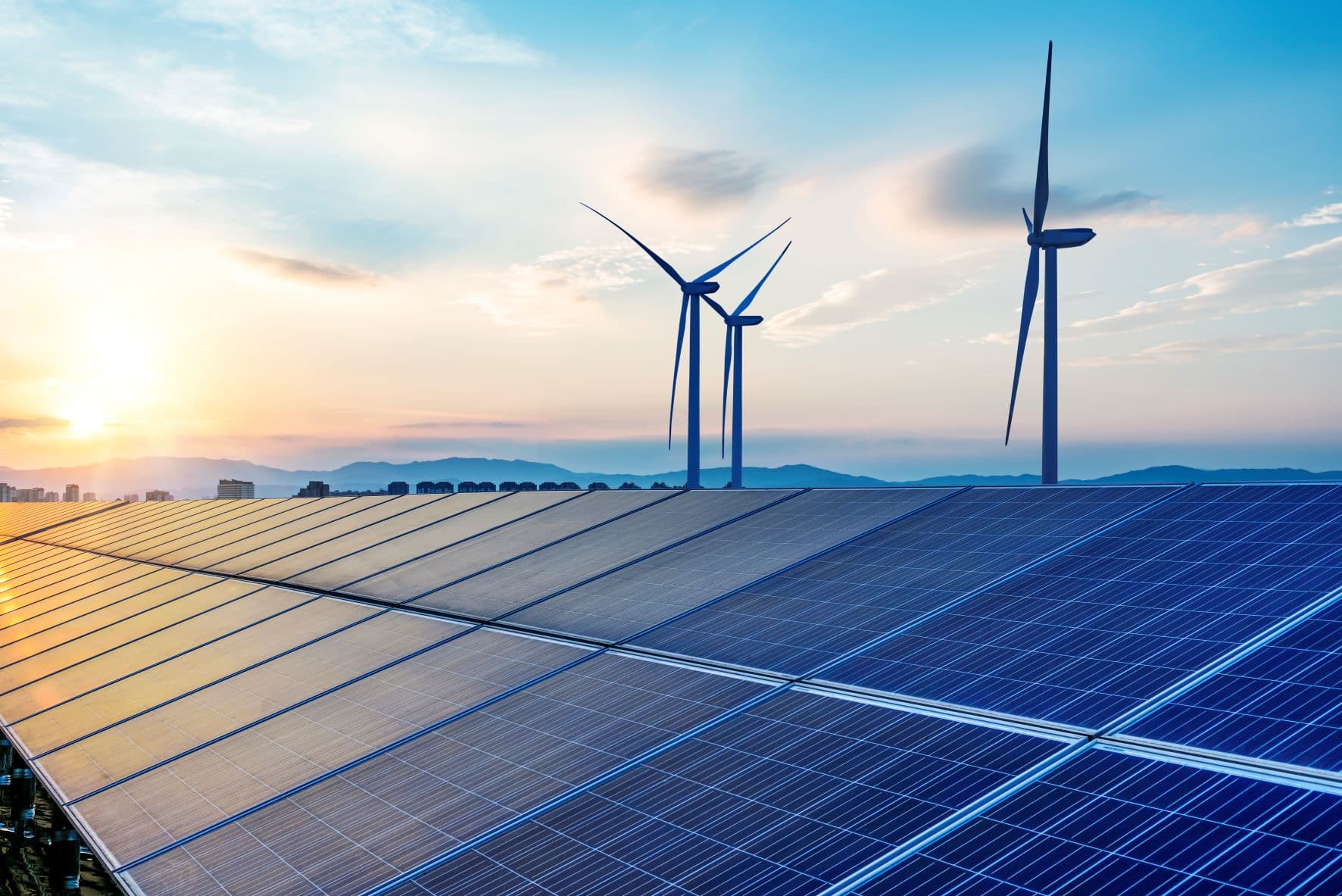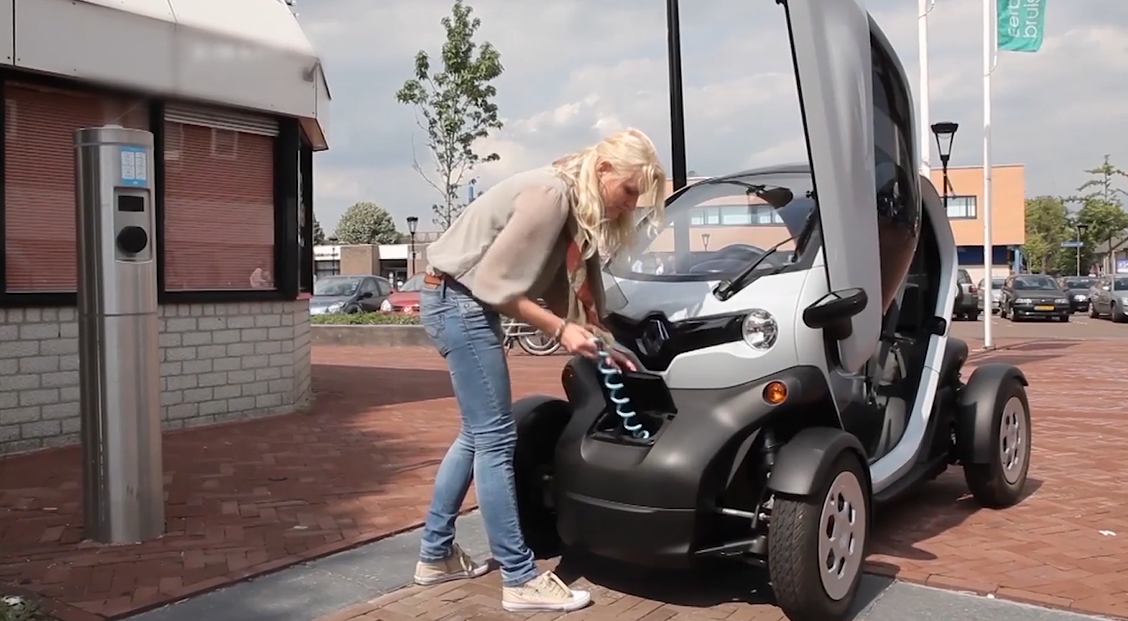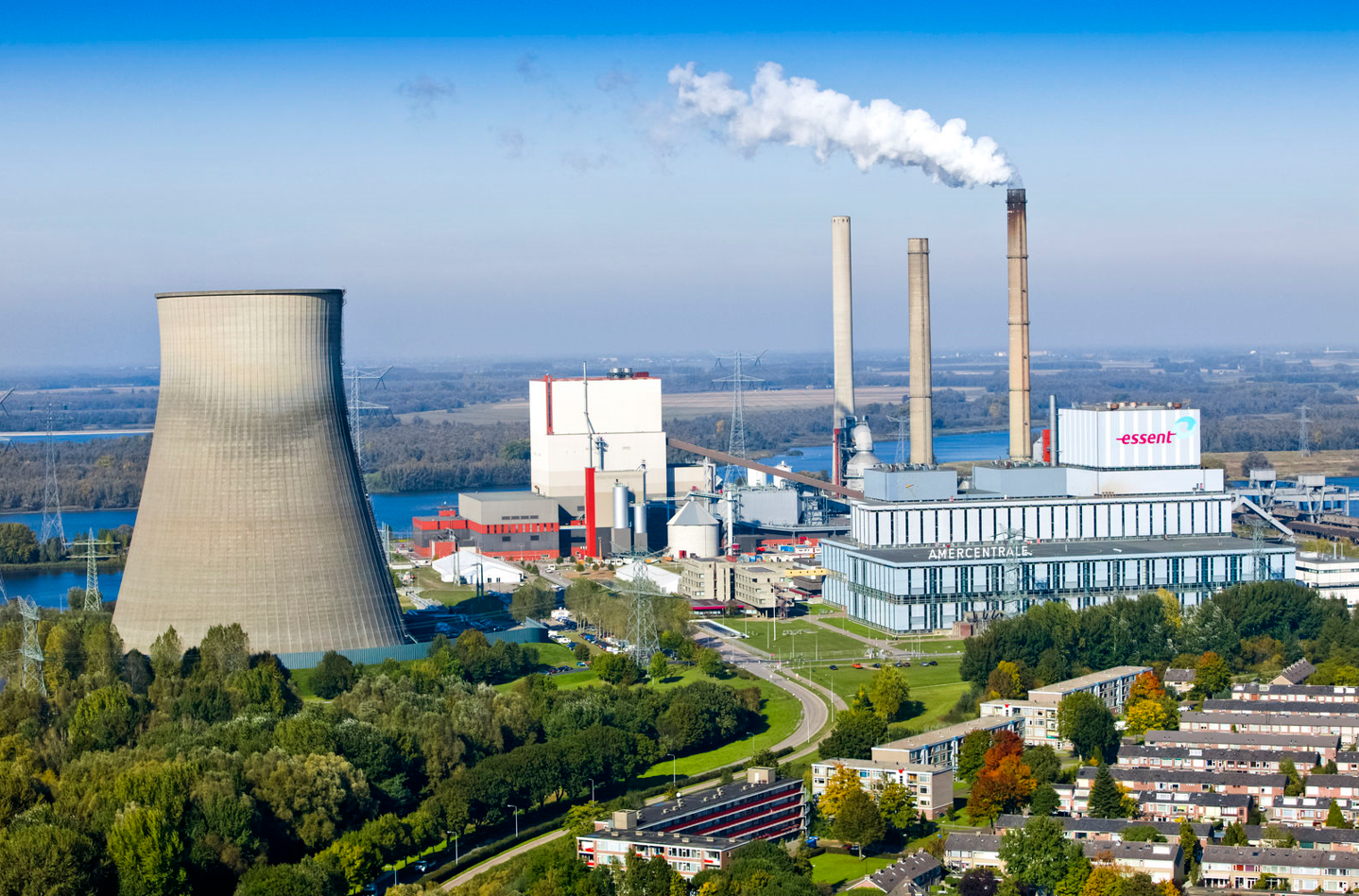
Flexible electricity usage
What is flexible electricity usage?
Consuming and producing more or less temporarily
If we better distribute electricity use in the Netherlands, we can partly avoid full electricity grids. Flexible electricity usage means temporarily using more or less, but also producing less or more electricity. Think of a wind farm running at half power for a few hours. Or a solar farm that is is not running on a sunny day. To avoid congested grids, electricity can also be stored in large batteries.

Flexible electricity usage: how we do it
When we make optimal use of the electricity grid, more users can use and produce electricity
We generate more and more electricity from renewable sources such as wind and the sun. Because of the changing weather, we generate a lot one moment and less the next. To keep supply and demand in balance, it is important to adjust our use accordingly. On sunny days, for instance, charge your electric car and turn on your heat pump or washing machine. When the wind is not blowing and the sun is not shining, it is better to use less electricity. Companies can then heat products more slowly or turn machines on a few hours later. Households and companies with dynamic energy contracts can make money with flexible energy use. Even if they use extra electricity.
With flexible energy use, everyone can contribute to a sustainable, affordable and reliable energy system
And then there is another pressing reason for more flexibility. With the growing number of producers and users of electricity, the grid is getting full. If many consumers (or producers) demand grid capacity at the same time in the same area, things can get crowded. This creates traffic jams on the grid. We call this congestion. With flexible electricity usage, we create more space on the electricity grid. This is how we keep the electricity supply affordable and reliable.

Solutions in focus
5 flexibility solutions for businesses
1. Companies with high electricity demand for the primary production process (e.g. electrolysis) can consider running their process harder or softer.
2. Companies with heat or electricity demand may consider investing in an electric boiler or industrial heat pump, then buffering heat and using it later.
3. Electricity demand for storage cooling can be well shifted over time.
4. Electricity from the grid or from local, renewable generation, can be temporarily stored in a battery or flywheel.
5. There are also plenty of opportunities outside the industry, such as smart charging of electric cars.
More on flexible electricity usage
Contacts

Eefje van Gorp
SpokespersonSpokesperson
